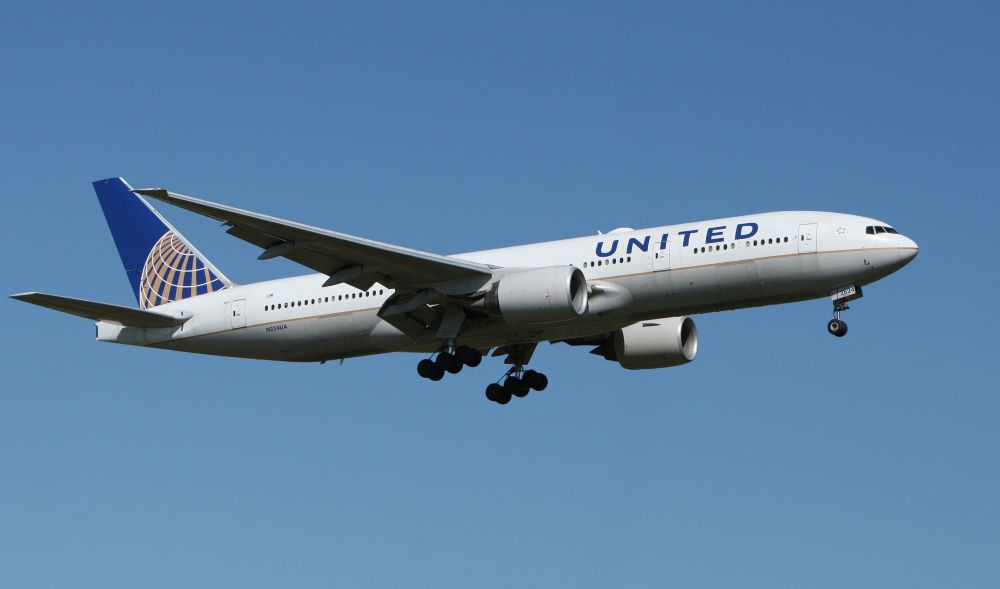Aviation, notorious for its substantial carbon emissions, faces a challenging path towards achieving carbon neutrality. Current zero-emission aviation technologies are still decades away from commercial viability, making the quest for alternative solutions more pressing.
To stay informed on hydrogen developments, consider subscribing to the free Accelerate Hydrogen newsletter. It offers an impartial and insightful perspective on the rapidly growing hydrogen industry.
A promising solution is e-kerosene, produced from green h2 and captured CO2. This fuel is nearly identical to traditional jet fuel and compatible with existing aircraft engines. It stands as a potential carbon-neutral alternative alongside sustainable aviation fuel (SAF) derived from biomass.
However, the World Economic Forum highlights a significant investment need in clean hydrogen for hard-to-abate sectors like aviation to achieve net-zero emissions, estimated at nearly $5 trillion.
The cost implications of these alternative fuels are a crucial consideration. The International Energy Agency’s report, “The Role of E-fuels in Decarbonising Transport,” outlines the economic aspects. It states that the best-case production cost for e-kerosene currently stands at about $80 per gigajoule or $3,500 per tonne. This price is significantly higher than conventional jet fuel, which ranges from $750-1,000 per tonne.
By 2030, advancements in electrolyser and renewable energy technologies could reduce e-kerosene costs to around $50 per gigajoule or $2,150 per tonne. Despite this reduction, e-kerosene would remain substantially more expensive than traditional jet fuel but could become competitive with current biomass-based SAF prices, ranging between $1,500-3,000 per tonne.
Renowned engine manufacturer Rolls-Royce, a leader in hydrogen jet engine development, predicts that hydrogen-powered planes are at least 20 years away from reality. Meanwhile, the IEA foresees a potential for a 10% e-fuel blend in jet fuel by 2030. This blend could increase the aviation industry’s fuel expenses by 15%, translating to an additional $75 billion cost.
Fuel costs, which constitute 25-30% of total flight expenses, imply that ticket prices might only need a 5% hike if these increased costs are evenly distributed among customers. Interestingly, consumer demand for air travel has shown resilience to price hikes. Reports indicate that a 1% rise in jet fuel price leads to only a 0.02-0.03% drop in demand in developed OECD countries and a 0.04-0.05% decrease in emerging markets.
Airlines often mitigate fuel price volatility through hedging in the derivatives market, though it’s uncertain if this approach could apply to renewable hydrogen-based fuels.
The IEA notes that consumers’ direct exposure to jet fuel costs is limited compared to other fuels like gasoline and diesel. Nonetheless, a 5% increase in ticket prices could potentially reduce travel demand by 0.5-0.8%. Airlines might opt to pass these costs disproportionately to higher-paying segments, like business class, where the demand elasticity is lower, thus minimizing the impact on overall revenues.



